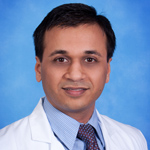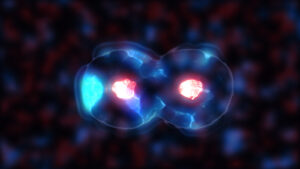Today, great hope is set on regenerative medicine that combines stem cells, growth factors and biomaterials to accelerate the natural healing process. Stem cells play an important role in orthopedic regenerative medicine.
Stem cells are the building blocks of the body. It has remarkable potential to self-renew, and to differentiate into many different cell types in the body. When a stem cell divides, each new cell has the potential either to remain a stem cell or become muscle cells, cartilage cells, nerve cells, red blood cells, heart cells or brain cells.
Stem cell therapy introduces new adult stem cells into damaged organs or tissues with the objective to heal a disease or injury. Stem cells can be successfully harvested from peripheral blood, adipose tissue, bone marrow and umbilical cord blood. A stem cell can be harvested by a minimally invasive procedure and can be safely and effectively transplanted to an autologous host.
Stem cell therapy can be significantly effective in treating degenerative joint and disk disease, chronic bursitis, tendinosis, and chronic pain from prior fractures, sprain or strain. Stem cell procedures are being used for treating bone fractures and non-unions, regenerating articular cartilage in arthritic joints, healing ligaments or tendons, and replacing degenerative vertebral disks.







